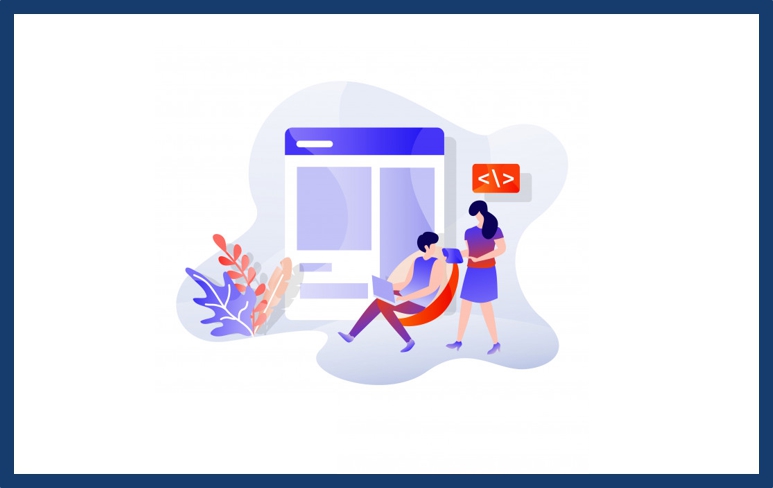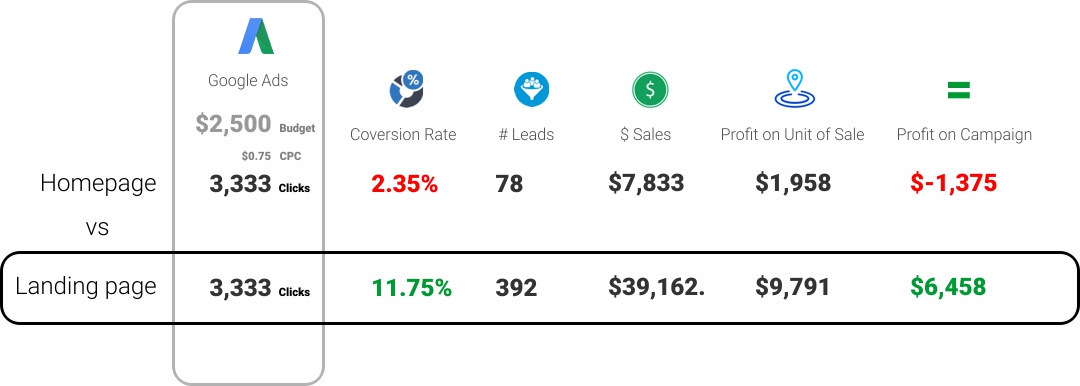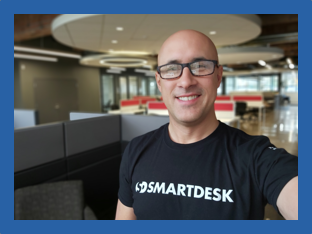
The Internet is awash with landing pages, some are very good that do the job, and some are not so good that completely miss the mark. This blog will help you understand best practices and creative ideas on how to achieve the highest conversions with your landing pages.
First and foremost, I want to state that your homepage is NOT a landing page! If you are directing your social media posts and paid ad campaigns to your main website, I have good news for you. After reading this blog I guarantee your leads, conversions and sales are about to go up!
Using correct targeting and testing methods can increase conversion rates up to 300 percent
A typical website conversion rate is about 2.35% on average. But the top 10% of companies are seeing 3-5x higher conversion rates than average. Math was never my strongest subject but let’s take a look at my numbers.
Let’s say you are spending $2,500 with a CPC of $0.75 a month on Google Ads, so 3,333 clicks with a 2.35% conversion rate you are getting 78 leads with that spend. Now if you implement a fantastic landing page (and you will after this blog), and you get your 5x with the same spend. Now you are getting approximately 392 leads… WITH THE SAME BUDGET.
Let’s jump into some more math. If your average sale is $100 and your profit on that sale is _____ (fill in your number) but for illustration purposes I will use $25. So, your campaign spend was $2,500 which brought you $7,833.33 in sales! Great you think you are a marketing Rockstar. Well… not so much. Your campaign should look more like this. You spend $2,500, direct your ads to a highly optimized landing page, convert your leads at 11.75%, generate 392 leads for sales of $39,162.75 and profit of $9,790.69 minus your ad spend you profited $6,457.69. NOW you are a digital marketing Rockstar!

Technically, a landing page is any webpage that someone lands on after clicking an online marketing call-to-action.
The longer page usually out ranks the short page, but testing what works for you might be in order. Long landing pages can generate up to 220% more leads than landing pages with CTA (call to action) and above-the-fold. The short page can work if people are very familiar with your product or service offering, but that isn’t the case for most companies. You want to tell the story of your offering, features, benefits, video highlights, bullet points, testimonials, CTA, special offers, etc… Depending on your product or service that can be a long page.
Regarding the statistic above, you want to take full advantage of the long form page. Google tends to rank favorably blogs and pages that are over 1,800 words. There are other factors like time on page and bounce rate, but if your 1,800 words are engaging and informative, visitors will spend the time scrolling and reading your content.
Here is a good example of what to consider for your landing page.
If your visitors don’t clearly know where to go, then you failed as a digital marketing Rockstar. Make your CTA(s) clear and unambiguous. If you are offering a free ebook then make the button say, “Get your free ebook”, and not “go”, “submit” or “subscribe”.
Be exciting! Enthusiasm is contagious.
For someone looking to book a trip with their family, a CTA such as “Book your 7-day ultimate dream vacation today!” will excite them with the notion of an exciting get-away trip, and make them eager to click on your ad. If your call to action has a beautiful photo of a beach and your CTA is “Book Now”. Book what exactly? I get that I can book that beach but where is the excitement? The sense or urgency?
Use the FOMO. This is a phrase that seems to be very popular in the cryptocurrency community, but it also applies to human nature. It means Fear Of Missing Out. Nobody likes to miss out on a deal, but try to make your FOMO offer genuine, at the end of the day you don’t want to make your prospect feel stupid. For example, click in the next 5 minutes you can take advantage of this spectacular offer! Nobody will buy that… well at least I don’t anymore ☹
I hear a lot of complaints about the lack of quality leads, and I understand that time is valuable, and it would be great if every lead was ready to buy right away. But it doesn’t work that way…unfortunately. Visits-to-leads-to-sales is a numbers game and you can always do things to optimize your numbers, but at the end of the day it is a numbers game.
Don’t make the mistake of asking too many qualifying questions, you might scare away a sale you could have made with your nurturing campaign or your sales agent over the phone. My four favorite form fields are [name] [email] [phone] and [comments]. In some cases, you can leave out the phone field, but make the name and email mandatory fields and comments optional. I find in most cases visitors fill out the comments area and tell you exactly what they want. 😊
Reducing the number of form fields from 11 to 4 can result in a 120% increase in conversions.
Optimizing your landing page’s design
Your landing pages’ design determines how visually attractive your site is. This may seem obvious, but many landing pages neglect some crucial aspects when designing their landing page.
Your landing page is a great opportunity to try to be a little more creative than you can be with your main site. Here are some points to consider when designing or having your landing pages designed by someone else.
Using videos on landing pages can increase conversions by 86%
As many as it takes to be successful! Ok sorry about that obvious set-up, but it is true. Don’t stop at one landing page. You should have at least 3 landing pages that you are testing for each offer/campaign.
I came across this statistic doing my research for this blog “48% of marketers build a new landing page for each marketing campaign.” What are the other 52% doing? Businesses with over 40 landing pages generated a whopping 12 times more leads than those with 1-5 landing pages.
Not only does Google reward you for ad content that matches your landing pages, people appreciate it as well, probably why Google places high value on this. If your ad headline leads a visitor to your landing page and the offer that enticed them is no where to be seen, then 3-2-1 bye bye, visitor is gone… and Google noticed that… and your ad is dropping in ranking. Houston, we have a problem.
By removing the navigation menu you can increase conversions by 100%!
Here is the quick answer: no subdomain for your landing page! Google considers a subdomain a completely different URL than your main domain. You’ll miss out on any valuable search engine authority your website is generating. By publishing your landing page to your own domain, you get the added advantage of a small rankings boost when people search for your page’s keywords.

Your keywords are going to naturally reflect the content on your landing page. So once you’ve determined your target keywords, you’re going to want to place them strategically on your landing page. Here’s where to put them if you want to rank high on the search engines.
Title tag: This is the title of your page. It’s what shows up in the browser’s tabs and the blue link on the SERP (Search Engine Results Page). Focus on making your title compelling to encourage click-throughs.
Meta description: This is the short description of the page you see underneath the blue title in SERP’s. Use it to give the potential visitors an idea of what they’re going to find on the page if they click-through.
Header tags: In HTML, title tags are arranged in a hierarchy from H1 to H6. Your page should have only one H1 tag and it should be your main headline. If you’re going to have subheadings under that H1, use H2s. If you plan on having subheadings under your H2s, use H3s, and so on and so forth. This prioritizes your content. Putting words into an H1 says to Google “These are the most important words on my page.”
Image file names: Always try to give your images descriptive file names. Since Google can’t physically see your images, it has to go off the written description that you give those images in the file name. So if your image is of someone holding your product, call the image (person-holding-widget), separate words by dashes and replace widget with your product of course 😊 Also don’t forget the ALT tag in your HTML. This should also be a description of the image, but you don’t have to use the dash in between the words.
Your copy: Your keywords should be naturally placed throughout your copy, but sparingly. By using them too much, a tactic known as “keyword stuffing,” you risk being penalized by Google.
I will end on this point because it is often over looked. If you are taking this exercise seriously then you are likely going to spend the time and or money on creating effective landing pages going forward. Often landing pages are created to accompany a social media campaign or a Google Ads campaign. But your landing pages are also great pages for people searching the inter-webs for your amazing products or services.
Backlinks significantly increase organic listings on Google if done right. There are many ways to create quality backlinks to specific pages you want to target. I will do a detailed blog on that as soon as I can, so follow me on Facebook, LinkedIn and Twitter as I always post my latest blog there.
Ok I will actually end on this point, as it is of course self-serving. Gartner states that companies that implement marketing automation experience 34% higher revenue as a result. Make sure all your landing pages are capturing your leads into a system that will guarantee a higher conversion.
80% of marketing automation users saw their number of leads increase, and 77% saw the number of conversions increase. – VB Insight “Marketing Automation, how to make the right buying decision” (2015)



1.844.493.1098